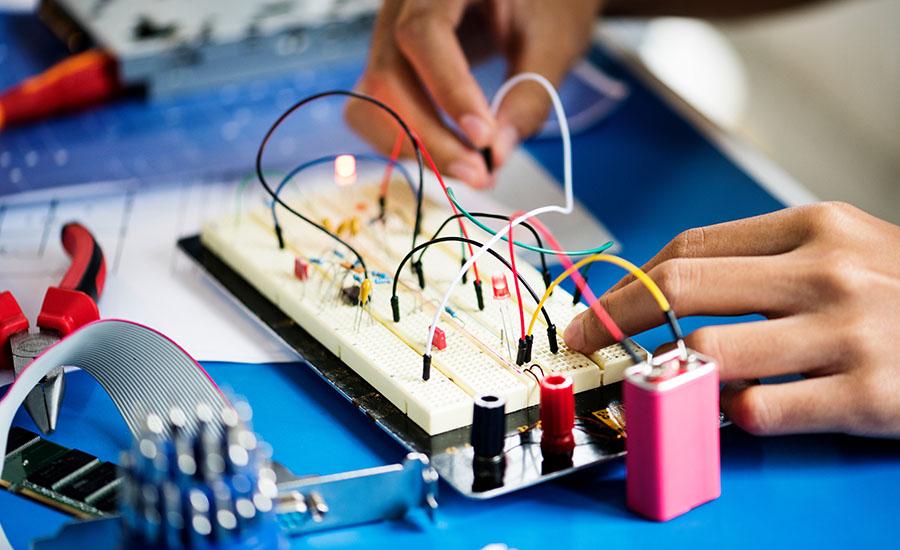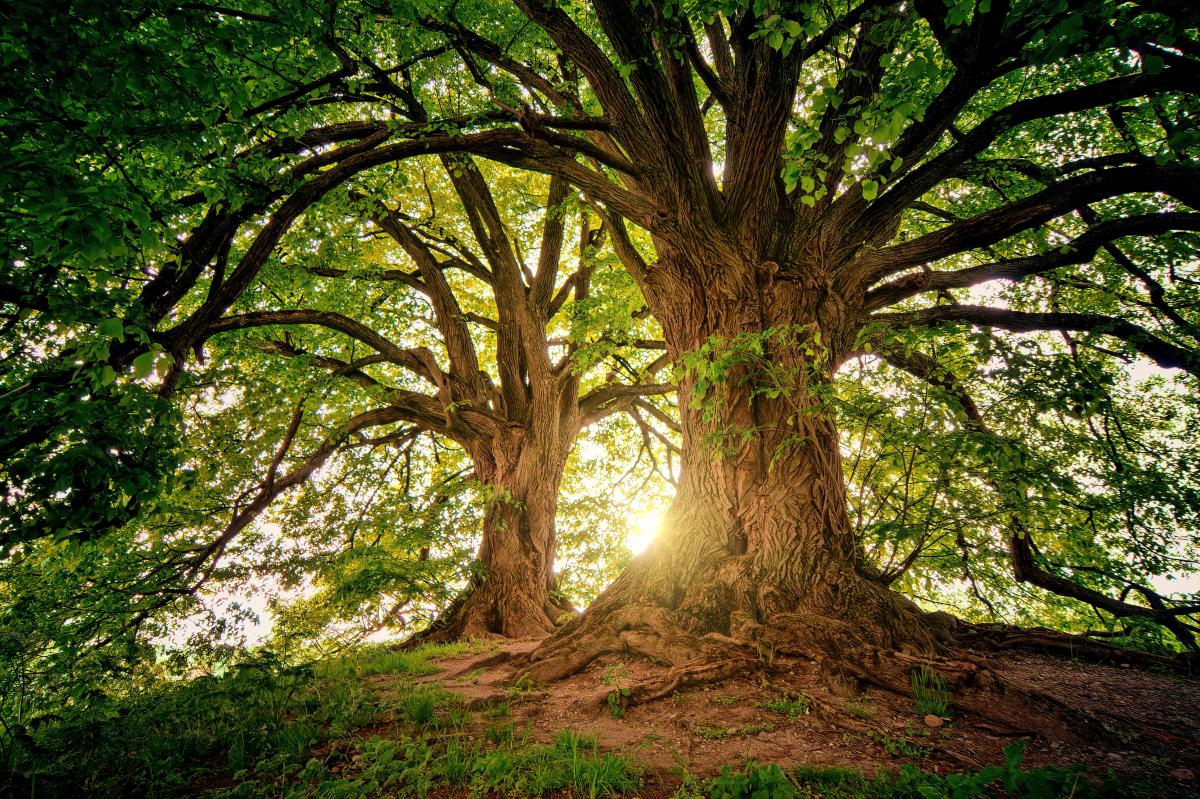Students will study car barrier engineering in this lesson. They will study how Newton’s Second Law of motion can be applied to determine how to decrease the force of impact during a collision. They
This is a fun, low-prep activity. All you need is some cards and marbles. Students will build towers that are capable of holding a bucket of marbles. Once the groups have been tested, you will discuss
Within eight 60 minutes class periods Design a native, pollinator friendly garden with the help of a local gardener/master gardener. Students work together to create a classroom garden, monitor plant
Students will be learning about adaptation. Students will participate in a project where they will see if seeds can grow in a bag without soil and natural sunlight. They will also compare and contrast
Using pumpkins, design and create Cinderella's carriage. This lesson can demonstrate Potential Energy turning into Kinetic Energy
Students will research, design and create a raised bed garden model using craft sticks and write a set of directions to build the model.
This lesson is about basic school/home gardening. The lesson involves Science, Math, Technology and Engineering content. Students will be taught how to make basic gardens. They will need seeds, garden
This lesson plan focuses on the use of several materials to create a rocket and a launcher. Remodel the rocket as needed to validate Newton’s third law of motion and projectile motion.
This lesson will take your students through the process of making a lunar phases flipbook. When flipped it will be animated and look like the moon going through each phase. Students will learn the
The students will construct a tower with only the given materials. They will receive a certain amount of raw spaghetti noodles and miniature marshmallows. The groups will compete to have the tallest
In this lesson you will have the opportunity to have students build a domain from the movie/book The One and Only Ivan. Students will have the chance to build and rebuild their domain if needed. As
This lesson is perfect when celebrating Easter. The students will be engaged in creating a trap for the bunny. The story will be read first and then the magic happens after.
This is the third of a 4-lesson unit on the North American Kestrel. Students will follow blueprints to measure out the sides of a professionally designed nesting box, then help put the box together.
In this lesson, students will design and build a birdhouse from everyday materials. Allow at least 4 days to complete this lesson. This is the final lesson of the American Kestrel Unit.
In this engaging elementary school lesson, students use the engineering design cycle to identify and solve problems, incorporating technology while reflecting on their process and sharing their
In this lesson the students will determine the factors that affect the strength of electric and magnetic forces.
This lesson gives a hands-on way of teaching the 2nd law of motion. Students are able to experiment with different objects with different masses to discover how mass affects force and acceleration.
This plan is meant for 3 days of work. Two books go with this plan. Two types of model rockets are included in this plan. Discussions and entries into a STEM Notebook are part of this plan.
In this lesson, students will observe the different ways a sheet of paper can fall. They will face two challenges with paper, the final challenge being to create and test a parachute for a small
This is the first of four lessons. In this introductory lesson, students will explore different ways to affect the movement of a marble while going through the Engineering and Design Process.
Students work as engineers using the Engineering Design Process to design and create a parachute that will safely land a "rover" on Mars! This STEM activity uses easy-to-gather materials for parachute
Featured Lesson Plans
Check out these notable lesson plans.

In this outstanding lesson, students will explore circuitry through working collaboratively to build a working floor piano out of simple materials. Students explore the engineering design process by

STEM in the Garden- Wild Bee Hotel
Third grade students will apply their knowledge of the significance of bee pollination by designing and creating a Wild Bee Hotel in a collaborative group which will incorporate literacy, mathematical

In this outstanding lesson, students will apply their knowledge of how natural and human-caused changes to habitats or climate can impact our world in a stop motion film. The lesson covers a Science


